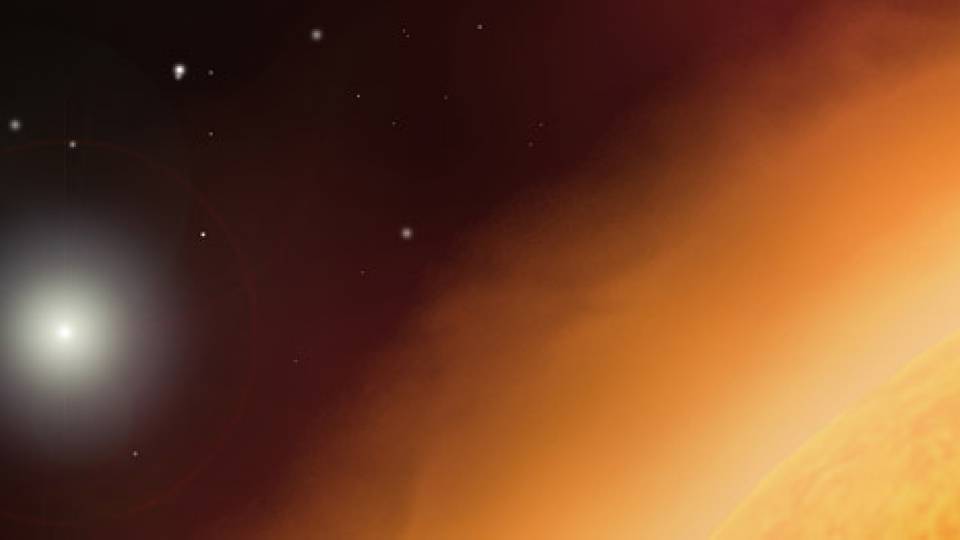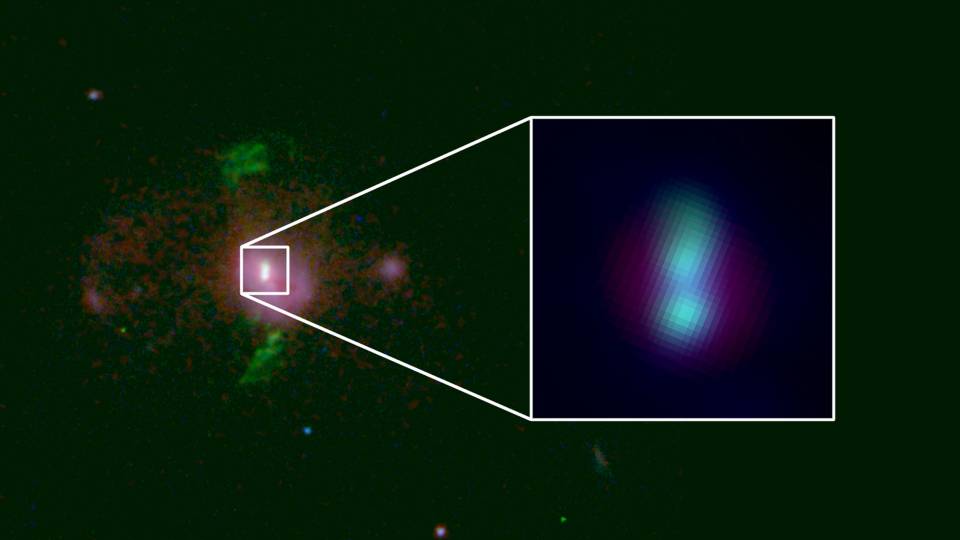The discovery of a new planet by astronomers from institutions worldwide, including Princeton, offers greater hope that researchers can eventually find planets that are closer in distance and size to Earth.
The new planet is one of the most distant ever discovered, at roughly 15,000 light years from Earth, and is about three to five times the size of Jupiter. It is the second planet discovered in the last year through a method known as gravitational microlensing, which allows astronomers to detect changes in the brightness of a star if a planet passes before it.
While both planets found in the past year are estimated at a similar size and distance, researchers believe the technique will lead to the discovery of smaller planets closer to Earth. Scientists are eager to study these Earth-like planets to understand their chemical makeup and to determine whether they might support some form of life.
"Gravitational microlensing is the only technology available today that may allow a detection of Earth-mass planets," said Bohdan Paczynski, the Lyman Spitzer Professor of Theoretical Astrophyics at Princeton and co-founder of the Optical Gravitational Lensing Experiment (OGLE) with Andrzej Udalski of Warsaw University.
Paczynski noted that the two recent discoveries, as well as expected future findings by OGLE, will help inform the work of NASA as it tries to determine the probability of locating planets comparable in size to Earth around nearby stars. One of NASA's main goals over the next decade is to obtain images of such planets through a program known as the Terrestrial Planet Finder, he said.
"Before they spend several billion dollars, they should know whether anything could be found," Paczynski said. "In the best case, we should eventually be able to find several planets as low-mass as Earth, but very far away. Statistically speaking, if there are others far away, there should also be nearby planets."
Gravitational microlensing occurs when a massive object in space, such as a star or even a black hole, crosses in front of a star shining in the background. The object's strong gravitational pull bends the light rays from the more distant star and magnifies them like a lens.
The newest planet discovery came after Udalski noticed in March that a star located thousands of light years from Earth was starting to move in front of another star that was even farther away, near the center of our galaxy. A month later, when the more distant star had brightened a hundred-fold, astronomers from OGLE and another group, the Microlensing Follow Up Network (MicroFUN), detected a rapid distortion of the brightening. The new pattern indicated that a planet was around the star in front.
Because the method allowed the scientists to monitor the light signal with near-perfect precision, it could easily have revealed an even smaller planet, said Andrew Gould, professor of astronomy at Ohio State and leader of the MicroFUN collaboration.
"If an Earth-mass planet was in the same position, we would have been able to detect it," Gould said.
The collaborators have submitted a paper announcing the planet to Astrophysical Journal Letters and have posted the paper online. The researchers have secured the use of NASA's Hubble Space Telescope in late May to examine the star that the planet is orbiting.
OGLE finds more than 600 "microlensing events" per year using a telescope at Las Campanas Observatory in Chile (operated by Carnegie Institution of Washington). MicroFUN is a collaboration of astronomers from the United States, Korea, New Zealand and Israel that picks out those events that are most likely to reveal planets and monitors them from telescopes around the world.
Other institutions involved in the project include: the Harvard-Smithsonian Center for Astrophysics, Universidad de Concepcion in Chile, University of Manchester in the United Kingdom, California Institute of Technology, American Museum of Natural History, Chungbuk National University in Korea, Korea Astronomy and Space Science Institute, Massy University in New Zealand, Nagoya University in Japan and the University of Auckland in New Zealand.
The OGLE collaboration is funded by the Polish Ministry of Scientific Research and Information Technology, the Foundation for Polish Science, the National Science Foundation and NASA. Some MicroFUN team members received funding from the National Science Foundation, Harvard College Observatory, Korea Science and Engineering Foundation and Korea Astronomy and Space Science Institute.
More information about the new planet discovery also is available on the Ohio State and Harvard-Smithsonian Center Web sites.

